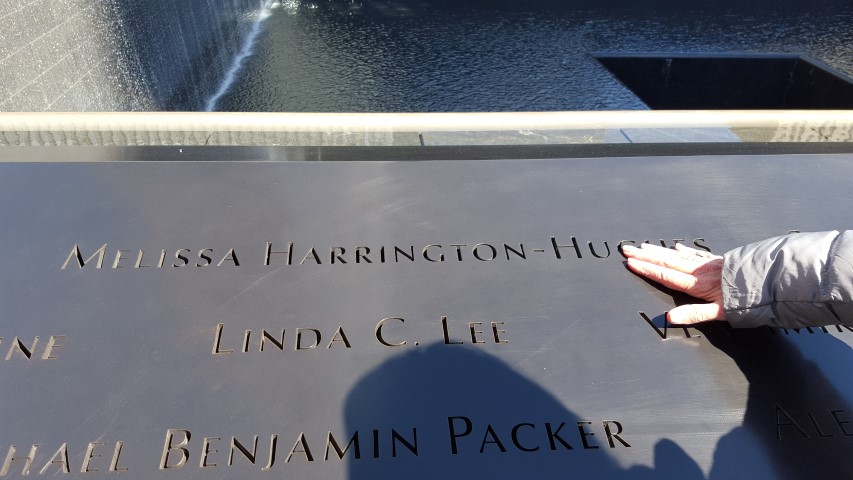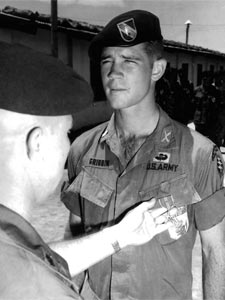by Bob Sparrow
St. John, New Brunswick – Prior to this trip I couldn’t tell you the difference between New Brunswick and Old Brunswick. Oh, there is no Old Brunswick? So I really wasn’t that excited about getting off the boat in St. John, but now having been there, I’m very excited to tell you about it. It is a great little town that we had shown to us on Pete’s Walking Tour, yes, the same Pete from Pete’s Pub. Oh yeah, you don’t know about Pete’s Pub. Let me start at the beginning. I must say it again, our trip through Acadia National Park could have been much better, except our guide was a goof, this guide made the tour. Aside from being one of those people that you just liked immediately, Pete owned a pub in St. John for 35 years, prior to Covid shutting it down. He then found his real calling in life, as a tour guide to the city he grew up in. Our walk through the city was two-and-a-half hours, but it was so interesting and informative that it went by in a flash. Pete gave us names and dates of historical people and occurrences, in those two-and-a-half hours, without ever referring to any notes. He also told us a few of his old pub jokes, like the time a couple of tough Irish longshoremen came into his pub at nine o’clock in the morning and wanted a drink; Pete told them that they didn’t open until ten; they didn’t move and looked at him rather sternly, he then said, “Would you like to have a drink while you wait?”
St. John’s history includes a robust shipbuilding industry that attracted many workers, mostly Irish, and at one time made it the third most populous city in Canada, after Montreal and Quebec. St. John’s early history includes many battles between the French and the English, during the 17th century and in the 18th century St. John became a city inhabited by ‘Loyalists’ – those who left America, who were on the side of the British during the Revolutionary War.
Our walk on this beautiful day took us through picturesque Kings Square park, where we were shown a photo of this unique park in the winter. We knew we were among the last cruise ships to stop here this year, as from this point forward, the weather gets mighty cold and windy. It is really a great little city, although I just wouldn’t want to spend a winter there.
Hallifax, Nova Scotia (New Scotland)
Our last stop on this cruise began with us getting off the ship in the morning and taking a walk on the Halifax waterfront on a picture-perfect day. They were expecting the temperature to get up to the 70s (a record for this time of year here). There was not a cloud in the sky, so it was a great day to explore this fascinating city. Our walk on the boardwalk took us about an hour in a half – lots of tee shirt shops and restaurants. We had to get back on the ship to meet up with our group so we could get back off the ship for the start our bus tour of Peggy’s Cove and the Titanic Grave Site.
We climbed on the tour bus and found that our guide was very well qualified, as he was raised in this city, worked in this city’s school district and retired in this city to a job of being a tour guide. Our bus was going to take us to Peggy’s Cove, which was about an hour drive, but our tour guide filled that hour with many facts about the history of the British and the French fighting over this area, as well as the growth of industries based on beaver skins and lobsters. Our guide told us the story of when he was a junior high school principal and his effort to help better prepare his students-athletes, who all thought they were going to play professional hockey. He would ask them to make sure they had a Plan B. When he asked seventh-grader, Sydney Crosby what his Plan B was, Crosby said, “Endorsements!” Today, Crosby has been one of the premier players in the NHL and has plenty of endorsements – so ‘check’ for both Plan A and Plan B.
 Our guide then related several stories about 9/11 and how airlines headed to the US from Europe at the time, were diverted to Nova Scotia, where local families took in the passengers for several days, until flights were once again allowed to enter the U.S. He said that many of those airline guests still stay in touch with their Nova Scotia host family.
Our guide then related several stories about 9/11 and how airlines headed to the US from Europe at the time, were diverted to Nova Scotia, where local families took in the passengers for several days, until flights were once again allowed to enter the U.S. He said that many of those airline guests still stay in touch with their Nova Scotia host family.
We arrived at Peggy’s Cove (there’s two stories about who Peggy was and why this is her cove, Google it if you care), which is a beautiful, rocky peninsula with one of those classic red and white light houses at the end – it is a spectacular day! After exploring the area, there is a restaurant there where I decided I could get my full lobster lunch. We wait in line to be seated and before she seats us we tell the hostess we have about 30 minutes before we have to get back on the bus, and if that’s enough time to have the lobster lunch? She says that’s not enough time to cook and serve you a lobster – of course!!!
Our final stop of the day was at the cemetery where 121 victims of the Titanic were buried in 1912. Our guide walked us through the cemetery and pointed out gavesites, and had several stories about a number of the Titanic victims and their families. Some of the victims are still unknown and thus the gravestones are marked only by a number, which was the number that the rescuers assigned to each body as they found them.
We learned about the booming lobster trade here, how expensive it is to get into the business, how limited the lobster licenses are – everything except actually getting to eat a lobster.
Lobster Update: This was our last stop and I’ve gone ‘lobster-less’ at every port!!!!
Next Monday: Cruise Epilogue and a Photo Finish (Finally!)






















 While Suzanne was enjoying the cooler environs of Nipomo and I was trying to sneak into Russia, this past August marked a small blog milestone – our 4-year anniversary. Those of you who have been with us for the entire ride may remember that our blog started in August 2011 – we certainly don’t remember back that far! Initially it was a way to use social media to drive visitors to our ill-fated tribute poem writing business, Red Posey. The blog was then entitled Morning News in Verse and we would follow a USA Today newspaper format by writing four rhyming stanzas about topical news – one stanza each about Headlines, Business, Sports and Entertainment. Suzanne and I would alternate publishing a poem EVERYDAY! That everyday thing lasted for about two months, when we realized that it was occupying way too much of our life – like all of it; so we cut back to twice a week. Every once in a while we would deviate from the poetic format, as deviates are wont to do, and write prose about various subjects. An example of this occurred in September of 2011, the 10th anniversary of 9/11, when Suzanne wrote a moving piece entitled, Small Moments – A 9/11 Tribute,
While Suzanne was enjoying the cooler environs of Nipomo and I was trying to sneak into Russia, this past August marked a small blog milestone – our 4-year anniversary. Those of you who have been with us for the entire ride may remember that our blog started in August 2011 – we certainly don’t remember back that far! Initially it was a way to use social media to drive visitors to our ill-fated tribute poem writing business, Red Posey. The blog was then entitled Morning News in Verse and we would follow a USA Today newspaper format by writing four rhyming stanzas about topical news – one stanza each about Headlines, Business, Sports and Entertainment. Suzanne and I would alternate publishing a poem EVERYDAY! That everyday thing lasted for about two months, when we realized that it was occupying way too much of our life – like all of it; so we cut back to twice a week. Every once in a while we would deviate from the poetic format, as deviates are wont to do, and write prose about various subjects. An example of this occurred in September of 2011, the 10th anniversary of 9/11, when Suzanne wrote a moving piece entitled, Small Moments – A 9/11 Tribute, 


